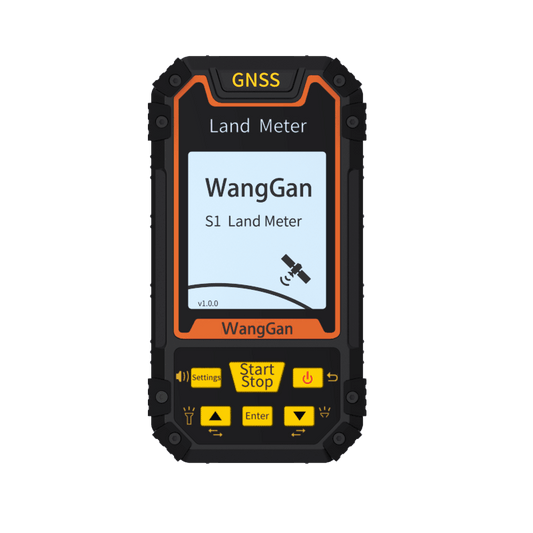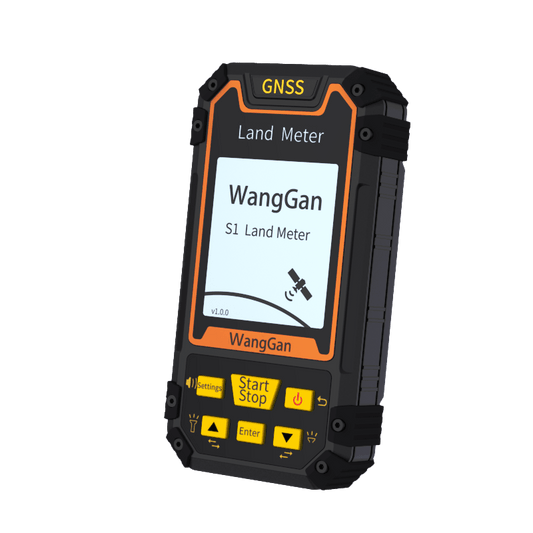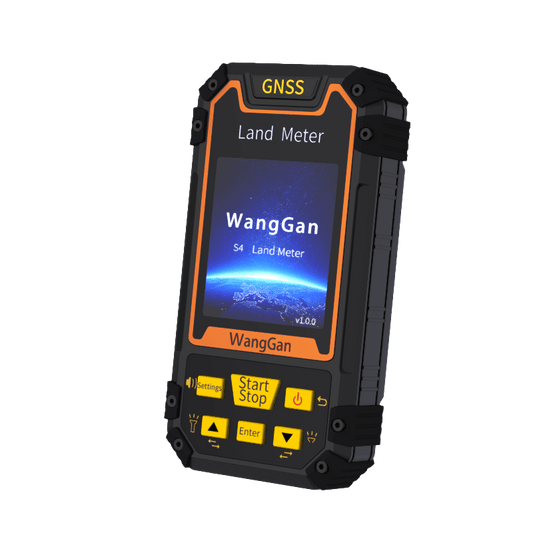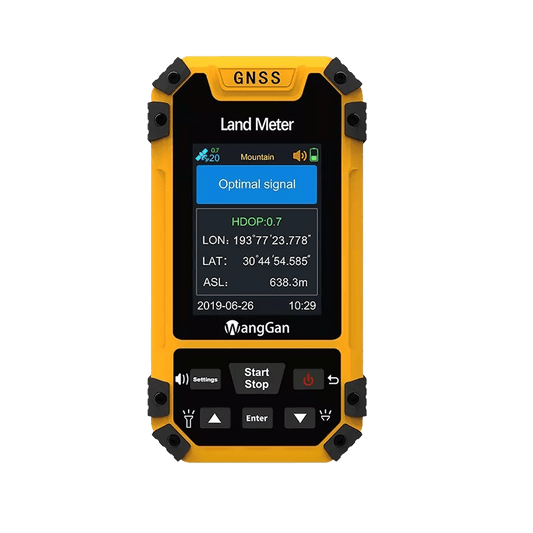
What Makes a Good Land Meter? 5 Key Factors You Must Consider Before Buying
Share
Choosing a reliable land meter is essential for accurate fieldwork, whether you’re measuring farmland, fish ponds, orchards, or construction sites. A truly good device should perform well not only in perfect open fields, but also in real-world environments where signal, terrain, and weather conditions vary.
Here are five key factors that define a high-quality land meter — the same standards widely used in advanced devices such as modern multi-GNSS handheld models like the D6E.
1. Accurate and Stable GNSS Positioning
The foundation of any land meter is its positioning accuracy.
A dependable device should maintain stable GNSS accuracy within ±2–3 meters, even when you’re moving. Area measurement should stay within 1% error under normal field conditions.
Today’s professional-grade handheld units typically use high-sensitivity multi-GNSS chips, similar to the level found in advanced devices like the D6E, which ensures strong and stable performance across GPS, BeiDou, GLONASS, and Galileo systems.
2. Strong Satellite Tracking in Complex Terrain
A good land meter shouldn’t perform well only in flat, open farmland. It must also handle:
-
Sparse forests
-
Hillsides
-
Buildings around the plot
-
Mixed terrain
Modern GNSS solutions with enhanced tracking sensitivity — the kind commonly implemented in newer models like the D6E — significantly improve reliability in these environments. This ensures consistent positioning even when satellite visibility isn’t ideal.
3. Smooth and Simple User Operation
Complex devices slow you down.
A well-designed land meter should allow users to:
-
Start measuring with one button
-
View real-time boundary tracking
-
Save results instantly
-
Navigate without unnecessary menus
Current-generation handheld devices often follow a clean Start → Walk → Finish flow.
The streamlined interface seen in newer devices (including more advanced units like D6E-class products) sets a benchmark for how simple and efficient a land meter should be.
4. Durable Design for Real Outdoor Use
Fieldwork can be tough — heat, rain, mud, dust, bumps, drops.
This makes durability just as important as software features.
A good land meter should provide:
-
A rugged, shock-resistant shell
-
Splash and dust protection
-
Long operating hours
-
High-visibility outdoor color design
Many modern units, including those with reinforced silicone edges and improved sealing like the D6E-level products, show how durability and comfort can be combined for everyday field use.
5. Clear Record Management and Data Export
After measurement, you need to keep or share the data.
A good land meter should support:
-
Quick record browsing
-
Export to Excel or image format
-
App or PC data management
-
Offline map usage for remote areas
Higher-end handheld models typically include more advanced data tools and multi-format exporting — features that have become standard in devices similar to the D6E.
Final Thoughts: What Makes a Land Meter Truly Good?
A truly good land meter is one that combines:
✔ Accurate GNSS positioning
✔ Stable performance in complex terrain
✔ Easy, intuitive operation
✔ Rugged outdoor durability
✔ Practical data management and exporting
Many modern multi-GNSS handheld devices — including advanced models in the D6E category — are designed around these exact principles. When choosing a land meter, simply follow these five standards, and you’ll easily identify which products are reliable, capable, and built for real field measurement.







